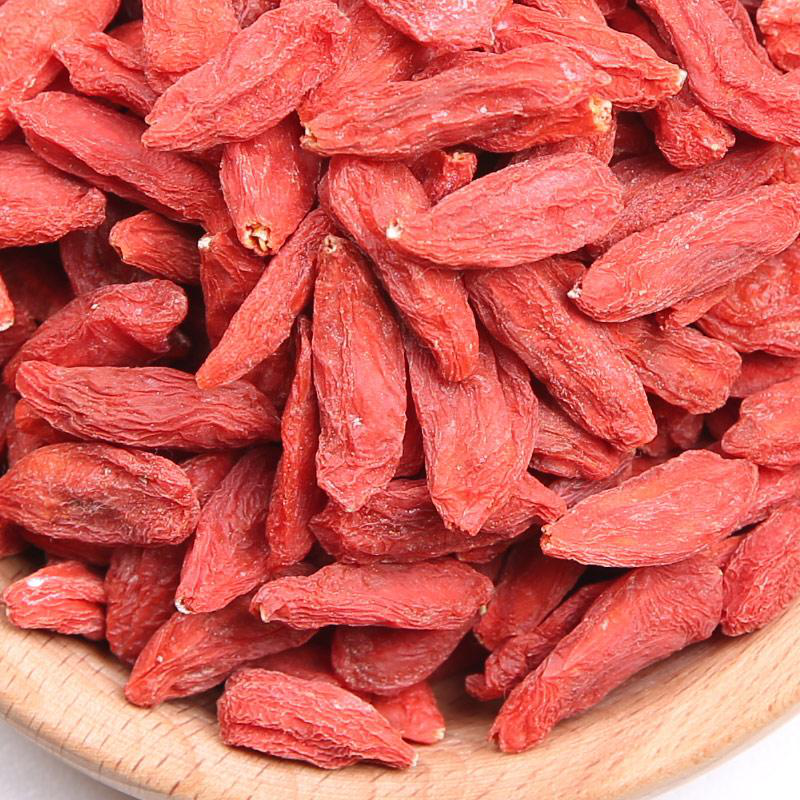Symptoms and Pathogens of Chrysanthemum Black Spot Disease
Symptoms: The disease mainly damages the leaves of the plants. At the early stage of disease, brown spots were found on the susceptible leaves, and the lesions gradually expanded into round, oval or irregular shapes and black to dark brown. There is a clear boundary between the disease and health departments. In the later stage of the disease, there are less obvious black spots on the lesions, which are pathogenic spores. In severe cases, lesions connect to each other to form large plaques. Finally, the leaves turned black and died, hanging on the stems. The leaves of susceptible plants started from the lower part and withered upwards.
Pathogen: The pathogen is Septoria chrysanthemella Sacc. It belongs to the subphylum Aspergillus spp., Caudatum, Sphaeropsis spp.
Incidence regularity: Pathogenic bacteria use mycelium and conidia to overwinter on diseased plant residues. In the following year, when the temperature is suitable, the pathogenic conidia are mature and produce conidia, and conidia spread through wind and rain. The optimum temperature for the development of pathogens is 22-27°C, and the disease begins about 15-30 days after infestation. The disease can occur throughout the entire growth period of the plant. High temperature and rainy season or planting too dense, the disease develops rapidly. Different varieties of resistance to black spot disease also have some differences. The susceptible species include purple butterfly, new white, fire dance, purple dew cream, crab claw yellow, white pear, Shih drunk dance, and Tian Tianle. The varieties with strong disease resistance include Lake Moon, Spring Dance, Autumn, Jade, Purple Geese, and Purple Gui.
Prevention: 1 timely removal of diseased plants, diseased leaves, eliminate the source of infection. Plants that are eliminated after planting should be removed and destroyed in time to reduce the source of infection in the coming year. 2 to strengthen the cultivation and management: select well-drained, airy and translucent areas to plant chrysanthemum. Avoid continuous work. Potted soil should be changed every year. Rational fertilization, pay attention to the ratio of nitrogen, phosphorus, and potassium to promote robust growth of plants and enhance resistance to disease. Do not overtighten the plants so that the plants have adequate ventilation and light transmission. 3 Elimination of disease as soon as possible and species with low ornamental value are eliminated. 4 Pharmacy control: Before onset, spray 1:1:100 Bordeaux mixture to prevent infection. In the onset stage, spray 75% chlorothalonil wettable powder 500-800 times, or 80% Captanol wettable powder 500-600 times, or 50% thiophanate-methyl wettable powder 800-1000 times. Spray once every 7-10 days, spray 2-3 times. The use of agents alternately works well.
Goji Berry is taken as one of the most famous plants, which can be both for medical and eating use. The history of goji berry up-picking and for eating use has a long history of 4000years in China. People from different social hierarchies, from the emperor to ordinary people, take goji berry as a good component of medical prescriptions. Goji berry enjoys a great popularity from ancient to modern times, at home and abroad and it has a long lasting and profound life preservation culture.
Ningxia Goji Berry enjoys a great fame around the global due to its high quality standard; meanwhile, it is the only protected product of geographical identity in China, goji berry has a great popularity describes as "goji berry of the world is in China, goji berry of China is in Ningxia and Ningxia`s goji berry is the best".
Specification:
Ningxia goji berry is categorized into 5 levels for experimental use. The fruit particles are required to have evenness in shape, with juicy fruit but not dry particle with impurities, humidity or bitten by insect.
Top Level:≤ 250grains/50g
Excellent Level:≤ 280grains/50g
Superfine Level:≤ 370grains/50g
First Rate:≤ 580grains/50g
Second Rate:≤ 900grains/50g
2. Identification
Color: The color of Ningxia goji berry should be red or dark red and lack luster.
Shape: Ningxia goji berry has big spindle size in shape with thin skin and full pulp. The particle is somewhat above normal size with style trace at the front of the particle and white stipe trace at the bottom.
Flavor: Ningxia goji berry is astringent at first bite then sweet, without ill-smell.
Goji Berry
Goji Berry,Goji Berry Dried,Ningxia Goji Berry,Fresh Goji Berries
Ningxia Bairuiyuan International Trading Co.,Ltd , https://www.cngoji.com